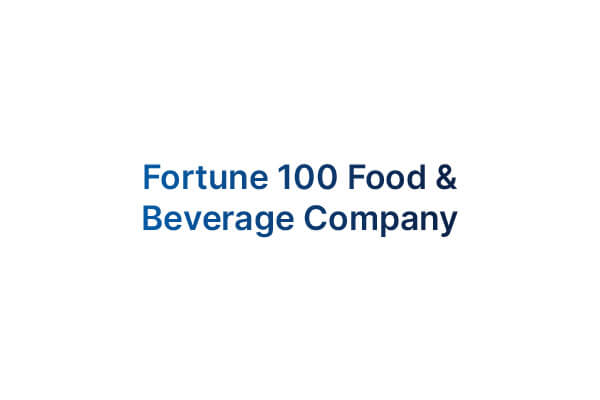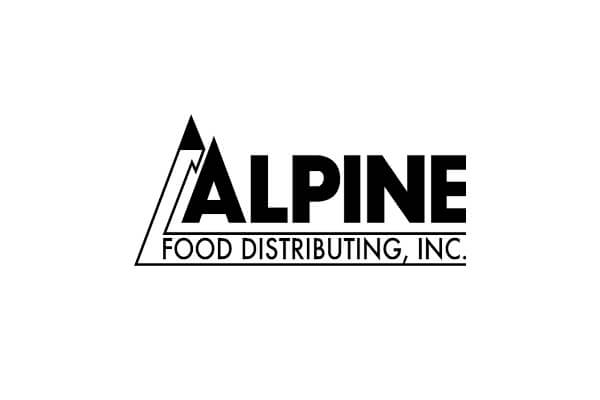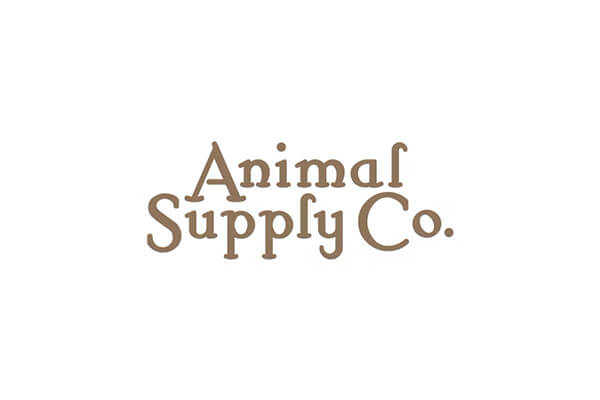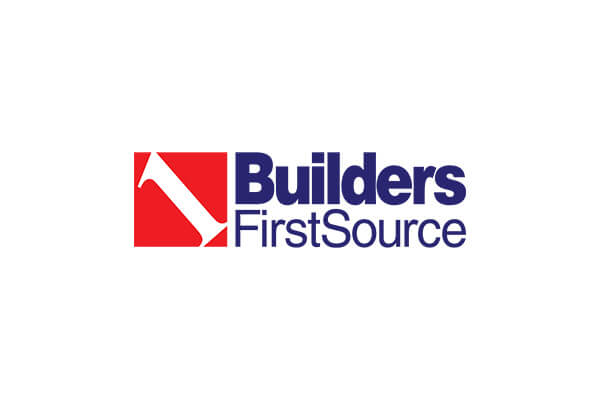Customer Story: Fortune 100 Food & Beverage Company
Real-time feedback at scale drives 29% reduction in new hire turnover
STAFFING NEEDS
Over 150,000 employees worldwide
Retention focus on frontline employees during their first year
Most challenging roles to retain include Warehouse and CDL Drivers
THE WORKSTEP IMPACT
Fast to Deploy: 18 days from pilot launch to first actionable insights shared
Scalable: 2,000+ new employees engaged per month
Impactful:$1.4M in cost-of-turnover savings in just the second quarter as partners
A food and beverage leader
The company in this case study is one of the world leaders in the production and distribution of food and beverage products.
To keep their supply chain humming, the company operates production facilities across the United States, which employ machine operators, warehouse workers, drivers, and merchandisers, among other crucial non-exempt roles.
Engaging with WorkStep
What brought the company to WorkStep initially was that they had noticed consistent gaps between their frontline employee retention rates across regions, subregions, roles, and facilities. The hope was that implementing a retention management system that could tie to this retention data would help them uncover: 1) what is driving the differences in retention and 2) what are the most impactful steps that could be taken to lift retention in those areas that are consistently struggling.
Within an organization the size of the company in question, before any sort of kick off, WorkStep and the company needed to align on how to sync data between the company’s corporate systems and WorkStep, as well as clearly define stakeholders and data access permissions. Because WorkStep’s Retain platform was built for scale, this step of the process took only a couple weeks, and insights started generating almost immediately.
During the initial pilot, early feedback began to uncover insights and actions at the region and role-level. As time went on and the roll out continued, the company was able to analyze trends at more granular levels of their employee population – for example, specific role types within specific buildings. One high-level finding was that their regions with the highest retention levels were those outperforming on teamwork and expectation alignment. These insights created clear focus in regard to how to bring the lower performing regions into alignment.
Looking at the second full quarter of the partnership compared to the first, new hire turnover rates reduced by 29%, which drove millions in cost savings.
Growing the partnership
Having achieved success in bringing increased visibility to headquarters, the next step was to empower on-site teams to access and act on their feedback directly. To do this, WorkStep worked in lock step with the organization’s IT team to refine user management, customize onboarding experience, and accelerate adoption.
Beyond those immediate steps, due to the frontline workforce’s high level of engagement, the two teams have continued to iterate on and grow the feedback system to capture more rich information to empower frontline managers and key decision makers.



